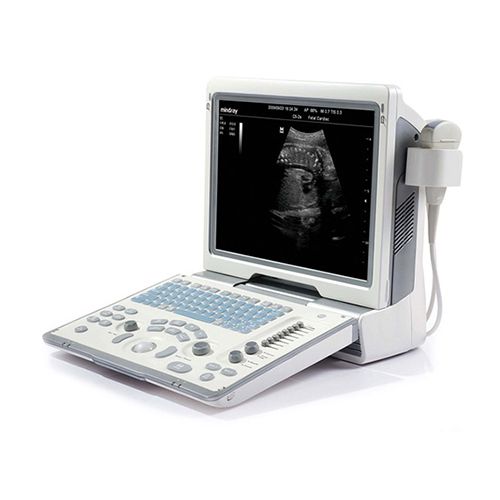Connect With Us
Ultrasound Soft Tissue Imaging

Ultrasounds are an increasingly common form of diagnostic imaging studies, used in the offices of many doctors - including podiatrists. Ultrasounds use high-frequency sound waves to create images of the inside of your body.
Several things happen during a typical ultrasound. First, the doctor applies a special gel over the area that is being imaged. In a podiatrist’s office, this will be a part of your foot or lower leg. Then the doctor runs a device called a transducer over the area. The transducer sends soundwaves into the body. When sound waves hit objects, in this case the tissues, blood vessels, and other structures in your lower limbs, the sound waves echo or bounce back. When the transducer receives these echo signals, it sends them to a computer that is then able to measure the sound waves and determine the location, size, shape, and consistency of the structures that we are trying to see. These readings produce pictures in real time, which are displayed on a computer screen and can be reviewed to diagnose the foot or ankle problem.
Ultrasounds are incredibly useful as a diagnostic tool for podiatrists. They can be used to diagnose a variety of foot and ankle problems. These include injuries, such as plantar fasciitis, Achilles tendonitis, sprains, or fractures, as well as arthritis, joint damage, neuromas, and soft tissue masses. By imaging the arteries in the legs, ultrasounds can also be used to screen for peripheral artery disease (PAD), a condition that causes poor circulation in the lower limbs. Once you have gotten a diagnosis and begun treatment, ultrasound imaging is also helpful for monitoring the condition of the foot or ankle to see if treatments are effective.
Ultrasounds provide a great deal of detail and information to help a podiatrist make the right diagnosis and prescribe the right treatments. They are safe, non-invasive, painless, and do not use radiation. Ultrasounds are also typically less expensive than other types of imaging studies and do not require any extra preparations on your part prior to the scan.
For more information about how ultrasounds can help your feet, please consult with a podiatrist.
